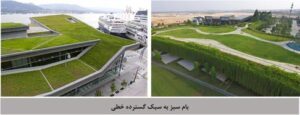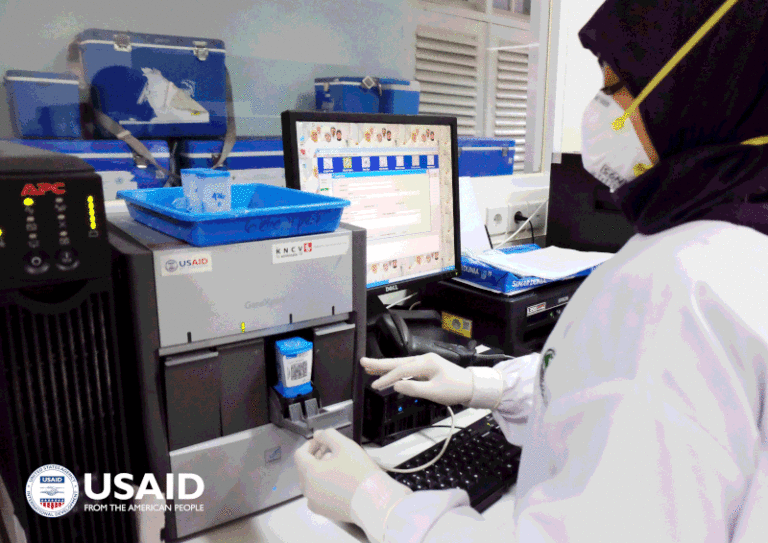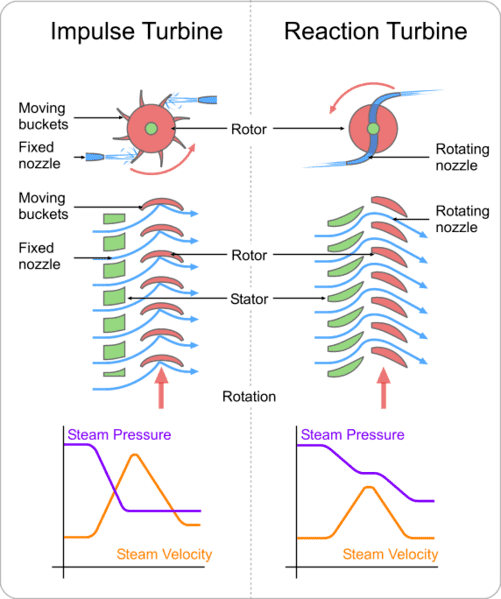3 Types of Green Roofs Explained
Types of green roofs are; extensive, intensive and semi-intensive green roofs. They are categorized based on architectural complexity, surface area, allowable plants, and thickness of planting medium.
This article discusses the types of green roofs, as follows;
1). Extensive Green Roof (as one of the Types of Green Roofs)
An extensive green roof is a type of green roof that is characterized by an extensive surface are; single-unit configuration and installation; and thin but durable structure.
The main purpose and adaptation of this type of green roof is for large single-unit buildings with need for holistic, tailored architectural components.
For such buildings, the extensive green roof provides a relatively easy means of optimizing energy conservation, water conservation and energy efficiency while improving air quality within the environs.
To make an extensive green roof, a single, large-surface-area drainage mat is framed according to specifications of use, and installed with a monolithic water-proof membrane.
The layer of planting medium (like soil) in an extensive green roof is usually thin (often less than 150 mm) and enriched to support plant growth [1].
Plants grown on extensive green roofs thrive on the basis of the principle of regenerative agriculture, so that the choice of these plants is made based on their ability to adapt to their environment and regenerate effectively while being resilient and capable of managing stormwater.
Some cover crop species, ornamental plants and sedum, are among common choices of plants used with this type of green roof.
While there has not been much comparative assessment if the various types, it can be argued that extensive green roof us one of the most efficient in terms of ease of management, adaptability and performance.

2). Intensive
Intensive green roofs are relatively high in complexity, structural detail and weight; and are not always configured as single unit-installations like the extensive type.
The intensive green roof is more suited to buildings with a sturdy structure and complex architectural design, as well as those which are intended to have high visibility and good aesthetic properties.
The difference between intensive and extensive green roofs is that intensive green roofs are more complex, less unified or holistic, and include a much thicker and deeper layer of planting medium than extensive green roofs.

With regards to their thicker plating medium-layer; a soil depth of 300 mm and above is common among intensive green roofs [2].
This enables them to accommodate a broader variety and larger population of plant species, so that they may perform slightly better for functions like stormwater management and air pollution mitigation
Intensive green roofs can be so elaborate in their structure, composition and design, that they may resemble horticultural units on the ground.
Because of their structure and compositional design, these roofs are used more often with smaller surface-area buildings than the extensive roofs, and may not be installed as a single unit, but as an assemblage of multiple units or modules.

3). Semi-Intensive (as one of the Types of Green Roofs)
Semi-intensive green roof (also known as simple or transitional green roof) is a type of green roof whose properties include some attributes of both intensive and extensive roof types.
They are generally less-elaborate than intensive roofs in terms of structure; but tend to be more sophisticated than extensive roofs.
Semi-intensive green roofs are similar to the intensive type by having a relatively-thick layer of planting medium.
In terms of plants, they are capable of supporting species that are typical of both extensive and intensive roof types, including perennials, grasses, shrubs, and small herbaceous species.
Semi-intensive is arguably the most adaptable type of green roof, and is designed to be used under conditions where the requirements for architectural sustainability are widely variant.
Conclusion
Types of green roofs are;
1. Extensive Green Roof
2. Intensive
3. Semi-Intensive
References
1). Chee, Y. P.; Dullah, S.; Amaludin, A.; Ghazali, H.; Asrah, H.; Matlan, S. J. (2020). “Potential Application of Extensive Green Roofs in Bus Stops -Malaysia.” AIP Conference Proceedings 2339(1). Available at: https://doi.org/10.1063/5.0044601. (Accessed 23 December 2022).
2). Pianella, A.; Aye, L.; Chen, Z.; Williams, N. S. G. (2020). “Effects of substrate depth and native plants on green roof thermal performance in South-East Australia.” IOP Conference Series Earth and Environmental Science 588(2):022057. Available at: https://doi.org/10.1088/1755-1315/588/2/022057. (Accessed 23 December 2022).

